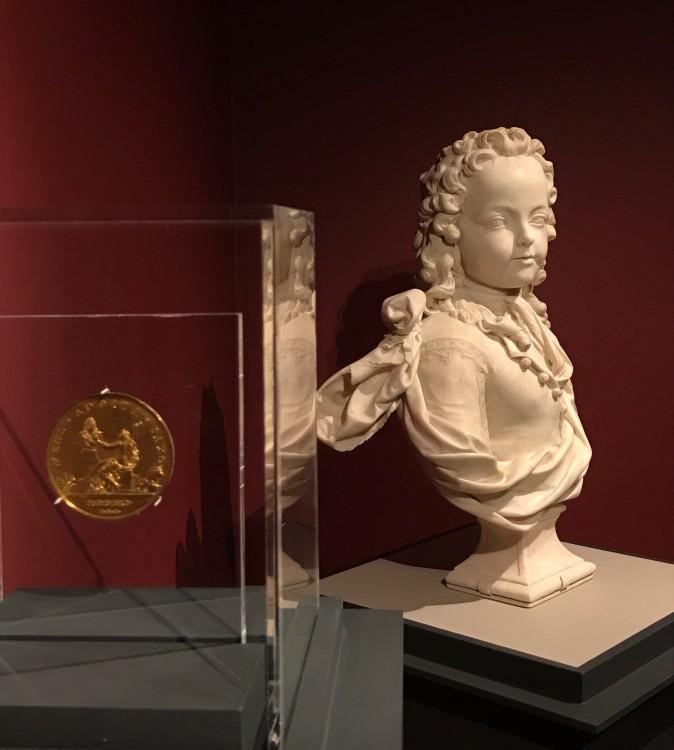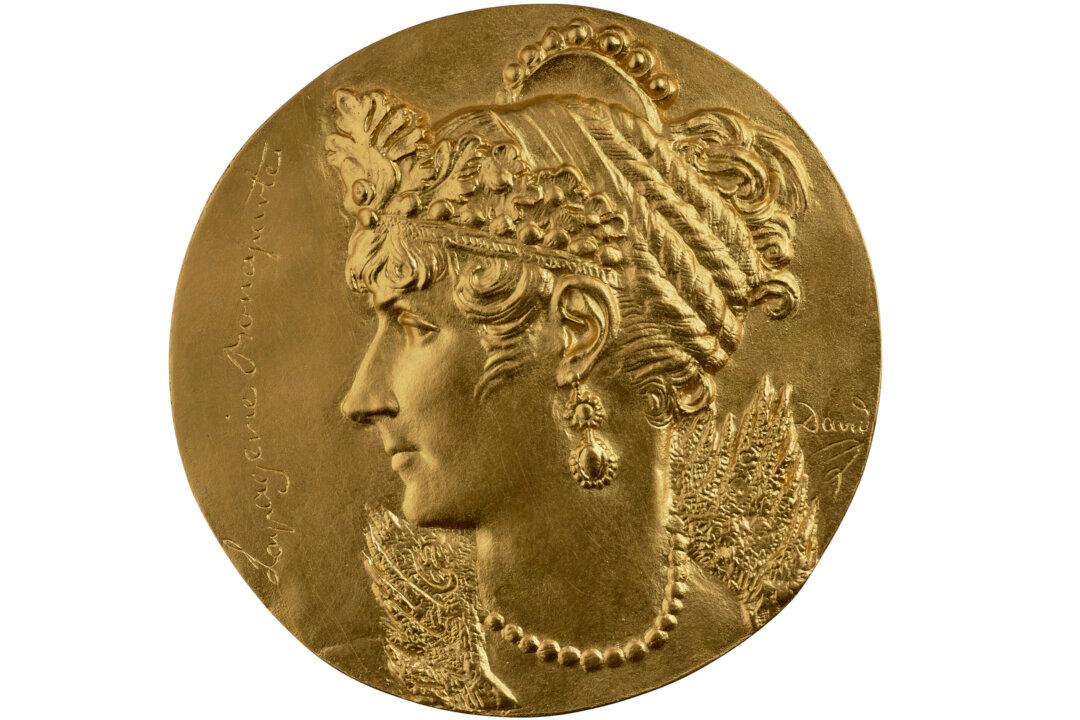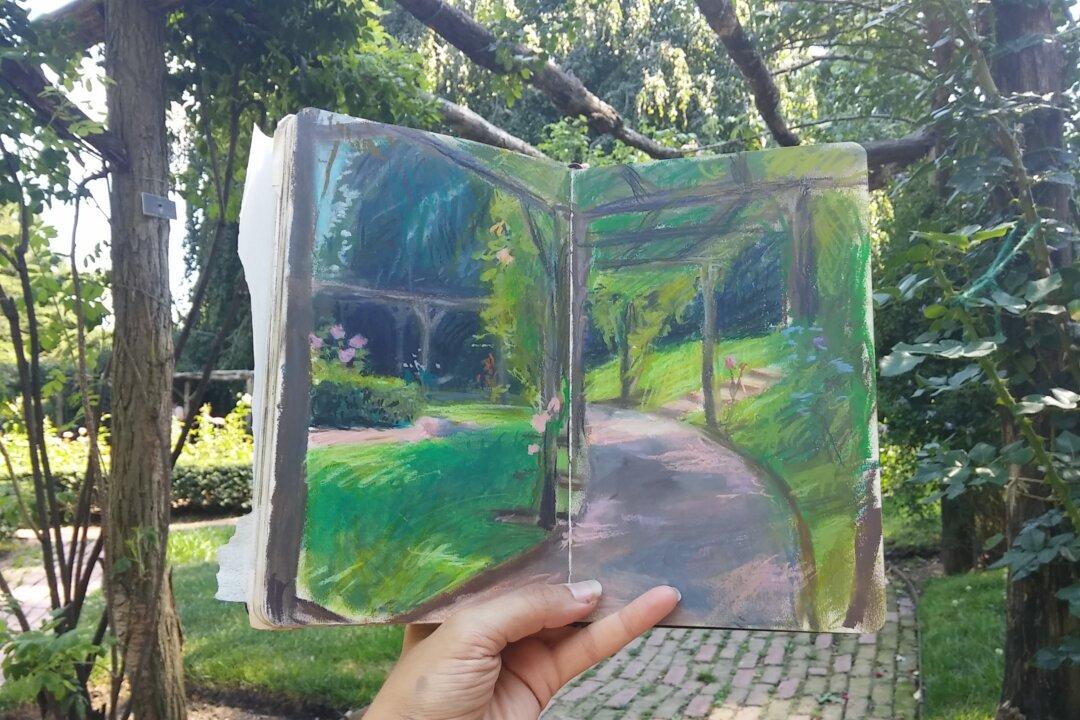NEW YORK—Social media existed long ago. During the Renaissance, you could view someone’s profile and carry it with you in your pocket in the form of a portrait medal. Popular from the 15th to the 20th centuries, these objects fulfilled the same need that has today become a preoccupation—forging our identities, and sharing our attributes and our memorable events.
A medley of profiles and relations from times past can be seen in an extraordinary exhibit at The Frick Collection, “The Pursuit of Immortality: Masterpieces from the Scher Collection of Portrait Medals,” on view until Sept. 10.
The Italian Renaissance painter Pisanello started the genre, casting his first medal around 1438. On one side of the medal, we see the Emperor of Byzantium in profile. On the reverse, we see him on horseback.
[gallery size=“medium” ids=“2252250,2252253”]
At first glance, portrait medals may be confused with coins, but the closer and longer you look at them, the more fascinating they become. Instead of representing a monetary value, portrait medals carried social currency for famous, infamous, and ordinary people. They were commemorative in nature and commissioned to be made in any size, material, or weight.
Intimate Objects for Public Display
The first time art historian Stephen K. Scher held one in his hand, when he was an undergraduate visiting Florence, he “felt an immediate spiritual connection with its subject and his era, and the thrill at perceiving the artistry involved in its creation. ... The moment was nothing short of magical,” he said in a lecture he gave at The Frick on May 10.
Scher is the world’s foremost private collector of portrait medals, as well as a curator and scholar. He and his wife, Janie Woo Scher, are giving a significant portion of their finest medals to The Frick Collection, in the museum’s largest acquisition to date. Consequently, the museum plans to become a center for the scholarship of portrait medals and to create a special gallery for the collection.
[gallery size=“medium” ids=“2252260,2252264”]
“It’s a perfect match for us,” said Ian Warpropper, director of The Frick, at the press preview. The superb quality of Scher’s medals beautifully complement the bronzes, statuettes, busts, and prints from The Frick’s main collection, displayed alongside the medals in the exhibition.







